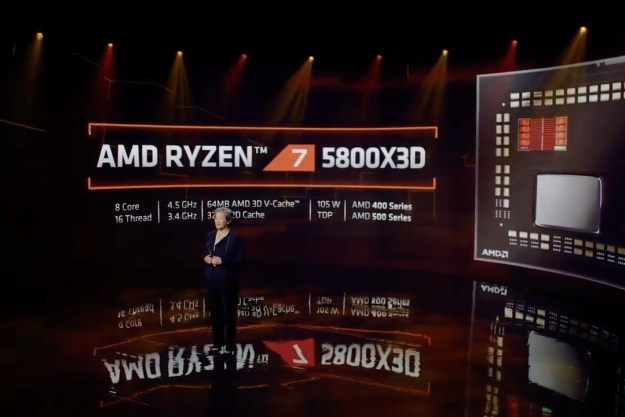When people worry about technology, it’s often easy to overlook all of the amazing, faith-in-humanity-restoring tasks humans can now carry out thanks to state-of-the-art tech.
One such machine-aided capability is the work being carried out by Polish company In Utero 3D. In Utero’s mission? To provide 3D-printed “bas-relief” images to blind parents-to-be, who cannot otherwise see ultrasound images during the mother’s pregnancy.
“I’m a mom with kids,” co-founder Aleksandra Witkowska-Masojć told Digital Trends. “I remember very well all the feelings I had when I was waiting for my children — particularly when I was waiting for the first ultrasound images of them. Right from the beginning, we knew we wanted to do this for blind mothers, and to do it for them as a present from us as parents to them as parents.”
Called “Waiting Without Barriers,” In Utero 3D’s program provides the 3D-printed ultrasounds to blind parents for only a token materials cost of 1 euro, or just over one dollar. In Poland, parents receive the physical bas-relief model, while parents overseas receive a 3D model file that is ready for printing.
“How we create the bas-relief is using the 3D data from a mother’s standard ultrasound examinations,” Witkowska-Masojć continued. “You don’t need to do an additional scan: by saving the data in the proper format, we can make a conversion of it using software, and then create a 3D model, which can be output to a 3D printer. That is different from the normal way this data is used, where the ultrasound data is saved as a two-dimensional photo or video by the doctor.”
Witkowska-Masojć noted that In Utero 3D does not manipulate the ultrasound images in any way — for example, idealizing a baby’s face. It is a true three-dimensional representation of the baby as it appears in a mother’s womb, complete with spatial relations and real dimensions. Each bas-relief takes around 2 to 3 hours for the models to be prepared, and a further 4 to 7 hours for the 3D-printing process.
“Remembering our own emotions when we first saw the ultrasound images of our children is an unforgettable moment,” Witkowska-Masojć said. “It’s one every parent should have. With this technology, blind parents will finally be able to have the experience of ‘seeing’ their baby during pregnancy.”
Editors' Recommendations
- Nvidia turns simple text prompts into game-ready 3D models
- 3D printed cheesecake? Inside the culinary quest to make a Star Trek food replicator
- AMD Ryzen 7 5800X3D beats predecessor, but AMD promised more
- AMD teases performance of its revolutionary 3D V-cache chip
- Fighting football injuries with 3D-printed, hyper-personalized pads


